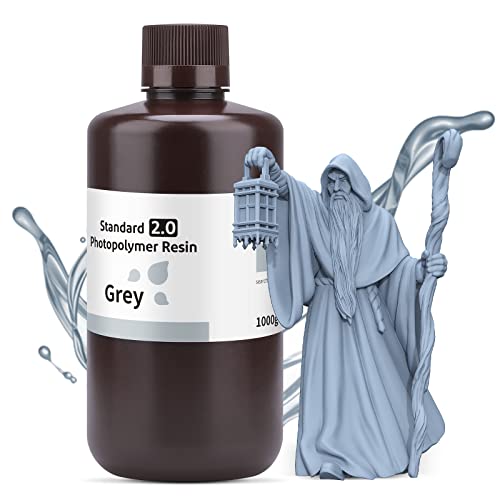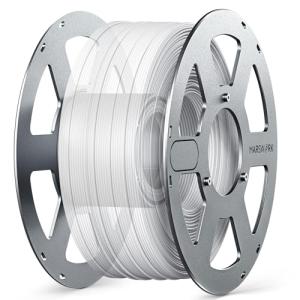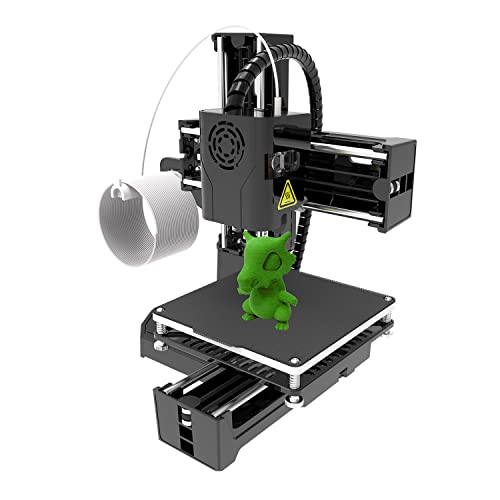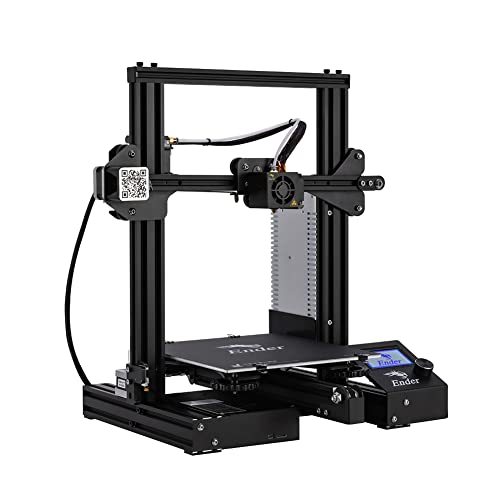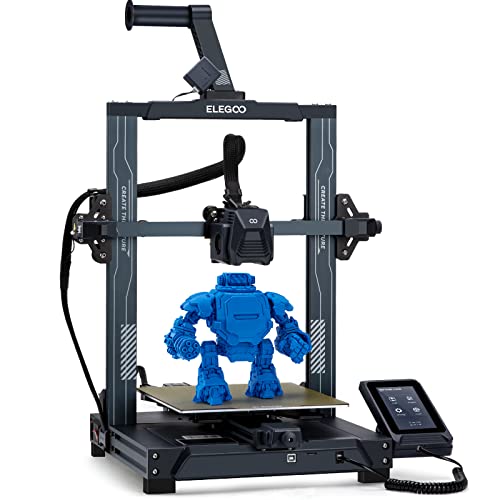If you’ve got a 3D printer, you’ll definitely want to grab some solid 3D printing software to make the most of it. Choosing the right software can really be a game-changer for your projects, whether you're a hobbyist or a pro. Here are some top picks that you should consider.
Ultimaker Cura is one of the most popular free 3D printing software options out there. It’s super user-friendly and works with most FDM 3D printers. You can customize settings like layer height and infill to get the results you want. Plus, it can slice your model quickly, so you won’t be waiting around forever to start printing!
PrusaSlicer is another great choice, especially if you own a Prusa printer. It’s packed with features but still easy to navigate. You can adjust tons of settings and even handle multi-material printing without breaking a sweat. Its ability to prepare models for printing is top-notch, so you can trust it to get the job done right.
If you’re looking for something a bit more advanced, give Fusion 360 a whirl. This software offers not just slicing but also 3D modeling capabilities. Ideal for creating your designs from scratch, it’s perfect if you want to dive into the technical side of 3D printing. Just keep in mind it comes with a bit of a learning curve, but it’s worth it if you’re serious about making unique prints.
Finally, you can't overlook Meshmixer. This one’s fantastic for cleaning up models, fixing errors, and even combining files. Its tools help you prepare your designs for printing without hassle. Whether you’re editing an existing model or working on your own, Meshmixer is a useful sidekick in your 3D printing journey.
Easy to Use Tools for Beginners
If you’re diving into the world of 3D printing, the right software can make all the difference. Good news! There are tons of easy-to-use tools tailored just for beginners. You don’t need to be a tech wizard to get started. Here are some fantastic options that will have you designing like a pro in no time.
First up is Tinkercad. This web-based program is super user-friendly and perfect for newbies. You can create simple models using basic shapes. Plus, it’s free! All you need is an internet connection. Tinkercad even has helpful tutorials to guide you through the process, so you won’t feel lost.
Another great choice is SketchUp Free. This tool offers a bit more depth while still being easy to navigate. It’s got a clean interface and plenty of features to build more complex designs. There’s also a huge community where you can find inspiration and tips. Great for those who want to step up their game.
Don’t forget about Ultimaker Cura. While it’s known for slicing models, it also offers a straightforward experience for beginners. You can fine-tune your print settings with user-friendly sliders. It’s ideal for getting your prints just right without drowning in technical details.
These three 3D printing software options set you up for success as you start your 3D printing journey. No complicated instructions or overwhelming features here—just simple tools that help you unleash your creativity.
ELEGOO 2.0 Grey Photopolymer Resin for 3D Printing
Get stunning detail and vibrant colors with this easy-to-use resin designed for top-notch 3D printing results
Product information
$24.99
Product Review Score
4.75 out of 5 stars
199 reviewsProduct links
Advanced Options for Pro Makers
If you’re a pro maker looking to take your 3D printing projects to the next level, you’ll want to check out some advanced options in 3D printing software. These tools give you the power to fine-tune your designs and optimize your printing process. Let’s dive into what’s out there!
First up, you’ve got slicing software that lets you adjust detailed settings for your prints. Programs like Ultimaker Cura and PrusaSlicer let you tweak layer heights, infill patterns, and speeds. These options help you achieve the exact finish you want, whether it’s a strong structural part or a high-quality aesthetic piece.
Then there’s mesh repair software, perfect for fixing any design issues before you hit print. Tools like Meshmixer and Netfabb can help you make models watertight and ready for printing. This saves you from frustrating print failures and wasted filament.
If you’re into creating complex models, take a look at advanced modeling software like Fusion 360 or Blender. These platforms allow you to create intricate shapes and test functions in a virtual environment. The ability to experiment and visualize your designs really opens up new possibilities for your projects!
All in all, exploring powerful 3D printing software options can completely transform your workflow. Whether you're fine-tuning prints, repairing designs, or creating complex models, these tools bring your ideas to life with precision and ease.
MarsWork Reusable Aluminum Spool for 3D Printing
Say goodbye to waste and keep your filament neat and tidy with this handy reusable aluminum spool
Product information
$52.04
Product Review Score
4.64 out of 5 stars
10 reviewsProduct links
Essential Features You Should Look For
When diving into the world of 3D printing, picking the right 3D printing software can make all the difference. You want software that not only meets your current needs but can grow with you as you tackle more complex projects. Here are some essential features you should definitely keep an eye out for.
First off, user-friendliness is key. You don’t want to waste time wrestling with complicated menus when all you want is to create. Look for software that has a clean, intuitive interface. Easy navigation can save you a lot of headaches, especially if you’re just starting out.
Another biggie is compatibility. Make sure the 3D printing software you choose plays well with a variety of file formats, like STL or OBJ. This way, you won’t be stuck trying to figure out how to convert your files just to get started on your print. Also, double-check that it’s compatible with your specific 3D printer model so that you can hit the ground running.
Don't overlook slicing capabilities. A good 3D printing software should slice your model efficiently, adjusting settings like layer height and support structures automatically or giving you easy access to tweak them yourself. The slicing process can affect print quality and speed, so it’s essential to have control over this aspect.
Lastly, look for software that offers robust community support. Forums, tutorials, and how-to videos can be incredibly helpful, especially when you're troubleshooting or seeking design tips. A strong community around the 3D printing software can make your experience much smoother and more enjoyable.
